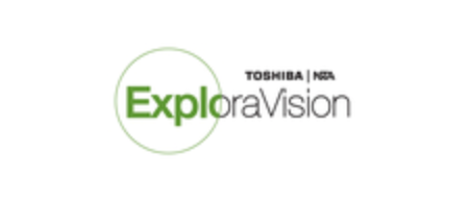
By Bill Melo, VP, Marketing, Services & Solutions, Toshiba America
As managed print services (MPS) technology evolves and more and more companies are hiring a vendor to service their print needs, it is important for these organizations to know what is involved in order to make the proper buying decision.
Although much MPS strategy centers on the hard, visible costs of larger companies, smaller companies also benefit from the convenience such solutions provide. Companies large and small alike, prosper from working with a single provider versus interacting with multiple vendors.
 Moreover, outsourcing services related to print, copy and fax devices to trained MPS professionals affords end users the convenience of just-in-time delivery service for supplies and remote monitoring for preventative maintenance and scheduling.
Moreover, outsourcing services related to print, copy and fax devices to trained MPS professionals affords end users the convenience of just-in-time delivery service for supplies and remote monitoring for preventative maintenance and scheduling.
Obviously, any MPS deployment is much larger in scope than simply replacing a faulty device or two. With the proliferation of MPS, many providers convey a “we can do that too” sales approach while often overstating their own capabilities or setting unattainable customer expectations. Having a clearly defined and documented scope of work creates an expectation level for both entities while establishing a clear path for success.
A key element in the evolution of MPS is the just-in-time delivery of supplies on a device–by-device basis. Rather than having a stockroom full of back-up or even outdated toner supplies, remote monitoring provides real-time intelligence while calculating when devices will require toner replenishment.
Much like the hospitality and restaurant sectors, service is also vital for any successful MPS implementation. Since MPS has been embraced by larger organizations, it is increasingly important to have national and even global service management capabilities and technicians who are trained on the equipment being used. Often local providers are restricted by a limited service reach and have difficulty implementing reliable MPS programs for organizations with multiple locations.
Like smartphones and tablets in 2000, MPS was also a newly minted concept. At that time, the service was almost exclusively for large businesses. Today – much like smartphones and tablets – MPS has become common practice for organizations across all business segments to successfully manage a workforce’s (sometimes unwieldy) print, copy and fax needs.


